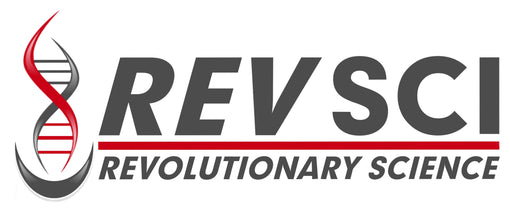
Does your new research assistant know how to properly use the autoclave? If this is a new hire’s first experience with this essential lab appliance, take a look at the questions to ask your assistant before they use the autoclave without your help.
What Is an Autoclave?
If this is your new assistant’s first time in a lab, they may not have much (or any) experience with an autoclave. The first step in the training process is to help your new hire understand what an autoclave is and what this machine does.
While you may have extensive experience with autoclave and laboratory procedures, you shouldn’t make assumptions about your assistant. Anyone who is new to the lab environment needs to understand that an autoclave sterilizes items through the use of pressurized steam.
The key takeaways your employee needs to understand before you allow them to use this machine or anything in your lab may include:
- The autoclave uses steam under pressure. This means the autoclave is potentially dangerous. Minimize the risk of burns, explosions, or other safety issues with adequate training. If your assistant doesn’t fully understand the autoclave’s potential, review it with them.
- The autoclave does more than just clean lab items. Unlike cleaning, this process uses moist heat to eliminate microorganisms. Make sure your new hire understands when to use the autoclave. Failure to use this machine may leave your lab open to contamination.
- The autoclave has different modes. Help your assistant to learn more about the different types of runs your autoclave has and what each one sterilizes (such as liquids or dry good items).
- The autoclave requires the use of PPE. Personal protective equipment (or PPE) is an important part of safe autoclave use. Show your assistant the PPE you require them to wear (such as heat resistant gloves or goggles/eye protection) before the first use.
Even though it may take extra time to fully explain the autoclave to a new assistant, this type of training is essential for safety. If your lab doesn’t already have a training guide in place, now is the perfect time to create one or design a formal safety manual.
What Should You Place in the Autoclave?
Now that your assistant knows what the autoclave is and what it’s used for, you can take the next step — explain what should or shouldn’t go into the machine. Make sure your research assistant knows what is and isn’t safe to autoclave. Some materials and items are incompatible with this process and can pose serious safety risks.
Common lab materials to discuss with your new assistant include:
- Glass items. Review which types of glass can go into the autoclave (such as Borosilicate glass). Make sure your assistant understands the different types of glass your lab may contain, and which ones can withstand the intense heat and pressure of the autoclave.
- Culture dishes. Plastic pipette tips and culture dishes/plates are acceptable autoclave items under certain conditions. Review which lab items are safe for this device and the procedure to use (using a biohazard bag and which stetting to sterilize the items on).
- Stainless steel. While this type of metal is typically safe to sanitize in the autoclave, your assistant needs to make sure plastic pieces, liquids, and other materials aren’t in the stainless steel cage or container.
Along with what is acceptable to place in the autoclave, your assistant’s training should include unsafe or unacceptable items. While it might seem obvious to keep combustibles or volatile liquids far away from the autoclave, your assistant may need you to review these items/liquids or create a list for reference.
Do you need a new autoclave for your lab? Contact Revolutionary Science for more information.
